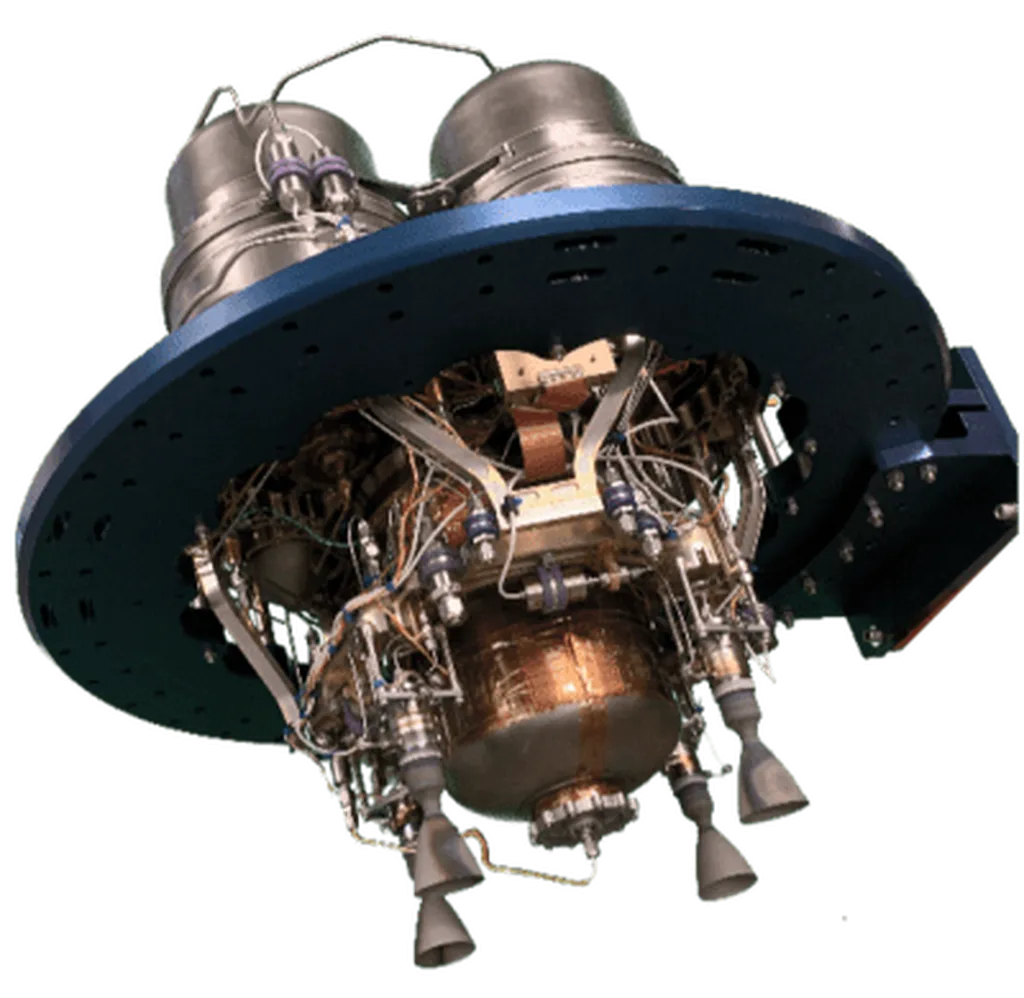The U.S. Department of Energy (DOE) has launched a pilot program that could reshape the landscape of advanced nuclear reactor development. This initiative, grounded in the Atomic Energy Act and a Trump-era executive order, allows private developers to build and operate full-scale advanced nuclear test reactors outside of the national laboratory system, bypassing the Nuclear Regulatory Commission’s (NRC) traditional licensing requirements. The program aims to bring at least three test reactors to criticality by July 4, 2026, using DOE-issued permits, private funding, and accelerated safety reviews.
Energy Secretary Chris Wright emphasized the program’s potential to overcome federal barriers to nuclear innovation. “For too long, the federal government has stymied the development and deployment of advanced civil nuclear reactors in the U.S.,” Wright said. “Thanks to President Trump’s leadership, we are expediting the development of next-generation nuclear technologies and giving American innovators a new path forward.”
The program is formalized in a Request for Applications (RFA), with a July 21, 2025, deadline for initial submissions. DOE anticipates selecting at least three projects for Other Transaction Agreements (OTAs), which streamline safety reviews, speed authorization, and preserve developers’ intellectual property. Notably, the DOE will not provide funding; selected applicants must cover all costs associated with design, construction, operation, and decommissioning.
To qualify, reactors must meet four eligibility thresholds: mature design with safety documentation, comprehensive fuel plans, adequate financial resources and supply chain, and execution readiness. The DOE emphasizes that reactors must achieve criticality by July 4, 2026, or as soon as possible thereafter. Additionally, reactors must offer significant improvements over those operating as of December 27, 2020, including enhanced safety, lower waste yields, and operational flexibility.
The program exploits a regulatory gray area by classifying privately funded, off-site reactors as “qualified test reactors” for research and development, rather than commercial demonstration. This distinction allows the DOE to exercise its authorization authority under the Atomic Energy Act while asserting that these reactors are intended to advance technology—not deliver commercial energy services.
However, the jurisdictional divide between DOE and NRC has remained essentially unchanged since the 1974 Energy Reorganization Act. Historically, DOE retained authority over R&D reactors at national laboratories, while NRC licenses commercial and demonstration reactors. The pilot program shifts this boundary by authorizing reactors on privately controlled sites, while asserting non-commercial intent.
The American Nuclear Society (ANS) Expert Advisory Group warned that the new pilot pathway could blur the lines between optional federal authorizations and NRC’s established commercial licensing process. “While there is legal precedent for alternative regulatory frameworks, it must be made clear that any DOD or DOE licensing routes are voluntary, not mandatory,” the ANS group stated. The group also emphasized the importance of NRC’s standards in maintaining U.S. leadership in civil nuclear exports.
From a practical standpoint, the ANS group cautioned that staffing and resource limitations could undermine the execution of these parallel frameworks. “Successful implementation of DOD and DOE licensing processes will likely require leveraging NRC technical expertise to support licensing review and oversight activities,” the group said.
The legal foundation for DOE’s pilot program—and its broader implications for federal reactor oversight—are growing into focal points in the current debate over nuclear regulatory reform. In April 2025, Idaho National Laboratory (INL) released recommendations to improve nuclear licensing at the request of the House Committee on Energy and Commerce. The report adds to the growing institutional momentum for expanding DOE’s authority to authorize and oversee reactors beyond the national laboratory complex.
This pilot program could serve as a proving ground for advanced reactor designs that have struggled to progress under existing licensing frameworks. By accelerating commercialization and reshaping the U.S. nuclear innovation pipeline, the initiative could significantly impact the future of nuclear energy development. However, the program’s success will depend on clear regulatory boundaries, adequate resources, and effective collaboration between the DOE, NRC, and private developers.

